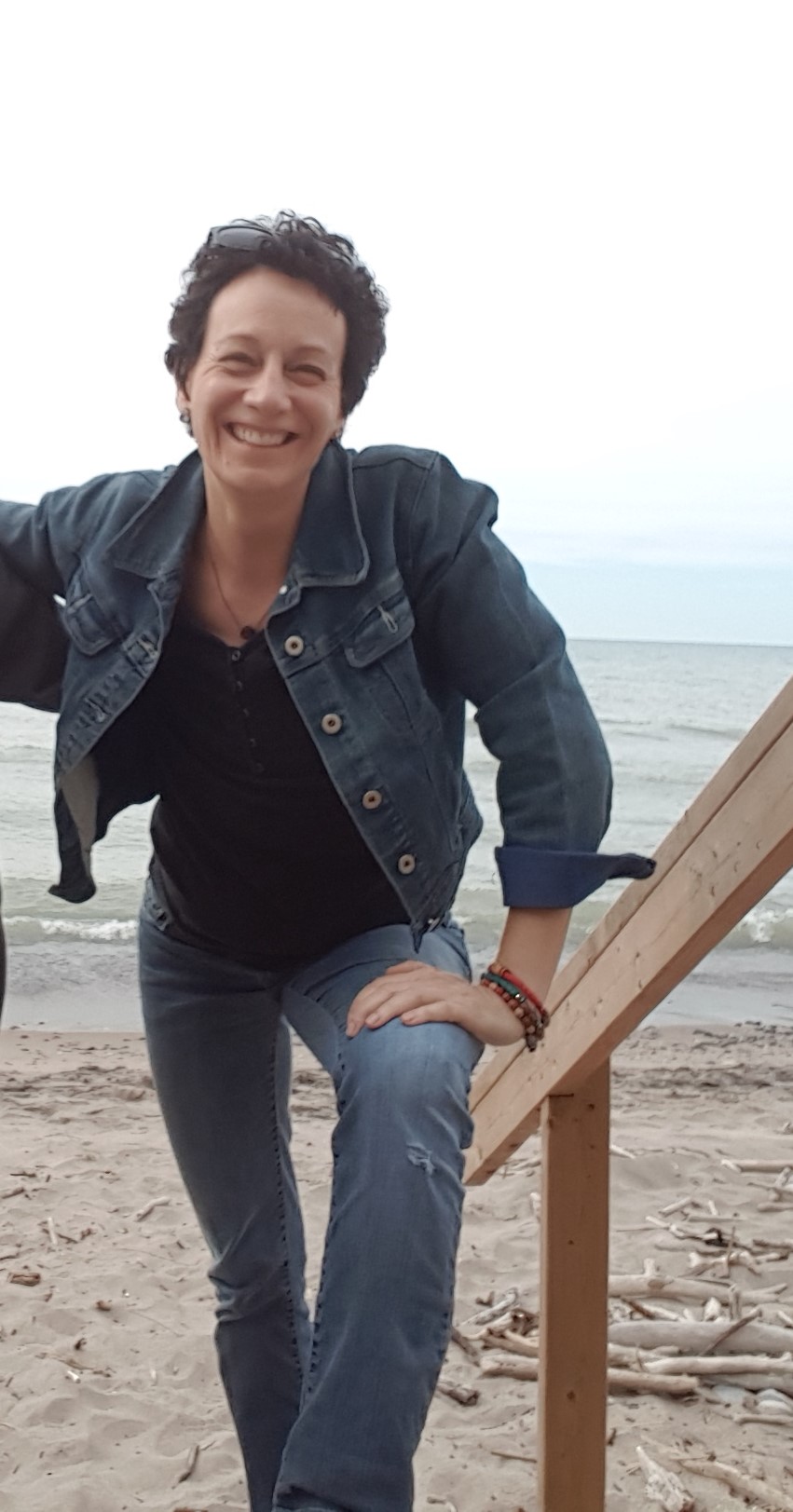When Ann Hill was told she had breast cancer, she was floored. Six months earlier, she had a clear mammogram and the diagnosis seemingly came out of nowhere.

But that’s when a doctor told her having dense breasts makes a tumour hard to see, and that her cancer has been there for a while.
“That blew me away immediately,” Hill told Global News. “I remember just shaking for like 20 minutes and crying and thinking this is not right.”
Hill, who recently finished her radiation treatment for the cancer, is one of 3.4 million women in Canada who have dense breasts and didn’t know what that meant.
That’s why British Columbia’s health ministry will add density information to mammogram results starting in mid-October, and why provinces like New Brunswick are making this topic an important part of their elections.
Here’s what you need to know about dense breasts:

What are dense breasts?
Density refers to the presence of fibrous tissue in the breast rather than fat, Martin Yaffe, research scientist at Sunnybrook Health Sciences Centre in Toronto, explained.
Dense breasts are very common: 40 per cent of women over 40 years old have them, according to Dense Breasts Canada.
They can also increase a woman’s risk for developing cancer.
Yaffe explained that the reason it’s important for women to know their breast density is because a dense breast will make it more difficult to detect cancer in a mammogram.
“When women have these very dense breasts there’s also an increased risk of cancer not being detected by mammography because that mammogram is white all over. It’s kind of like seeing a snowball in a snowstorm,” Yaffe said.
- Canadian man dies during Texas Ironman event. His widow wants answers as to why
- ‘Shock and disbelief’ after Manitoba school trustee’s Indigenous comments
- Several baby products have been recalled by Health Canada. Here’s the list
- ‘Sciatica was gone’: hospital performs robot-assisted spinal surgery in Canadian first
What can be done if you have dense breasts? Well, it depends on where you live
Having dense breasts doesn’t mean you automatically have cancer. But since it may be harder to detect cancer, Dense Breasts Canada wants the healthcare system to increase screening procedures with ultrasounds for those most at risk — i.e. those with the densest breasts.
In Quebec, an ultrasound is given as a supplementary screening procedure if you’re in the highest category of breast density and you have a family history.
British Columbia will be the first province to add density information with mammogram results,
In the New Brunswick provincial election, both the Liberal and Conservative parties have promised to add the same.
But that’s only two out of 13 provinces and territories.
“Your postal code should not determine whether or not you have access to early detection for breast cancer,” Jennie Dale, founder of Dense Breasts Canada said.
She also said the type of information varies — some provinces use older methods to measure and categorize breast density.
“Other provinces are using outdated methods and many provinces are using methods that don’t include all four categories of breast density so they are ignoring the huge population of women with dense breasts.”
Dense Breasts Canada has a list of what provinces are doing on their website.
Call for legislation and policy changes
The information about dense breasts and the related increased risks for women have been known for years.
Yaffe said research has been carried out on the topic since the 1950s.
“Canada is very behind compared to the U.S. They have 35 states that have been have passed legislation on the issue,” Dale explained.
Yaffe and others tried to convince Canadian medical associations to add recommendations about breast density, but he turned to calling for legislation when that failed.
LISTEN: Kelly Cutrara talks to Michelle Di Tomaso about what you need to know about dense breasts
“I believe strongly that women have a right to know if their mammograms are going to be less informative. And if it takes legislation then so be it,” Yaffe explained.
WATCH: Support for breast cancer patients

Dale and Yaffe hope other provinces will British Columbia’s example, but they know there’s plenty more work to be done.
“We would like the Canadian Association of Radiologists to come up with guidelines that encourage standardization because dense breasts in Ontario should be the same as dense breasts in B.C.,” Dale explained.
Dale adds that Dense Breasts Canada is advocating to have information about the level of density in a woman’s breasts and its associated risks added to mammogram results letters. Currently, women’s mammogram letters don’t contain this information.
For Hill, she just wants to make sure other women aren’t blindsided like she was.
“I don’t want any other woman to go through this,” she said. “I have two daughters both in their 20s … and it’s so important to me that they don’t go through anything like this.”
Higher screening
Along with sharing information about density, Dale wants higher screening for women with dense breasts to be standard across the country.
Dense Breasts Canada has recommended using an ultrasound in addition to mammograms, which are proven to catch lumps in a breast that a mammogram missed.
But she realizes there’s a higher cost for additional screening.
“Mammography screening costs about $6,000,000 for 1,000 women over the course of their lifetime. Ultrasound screening for women with dense breasts would likely be comparable,” she explained.
Yaffe said it’s something that needs to be done.
“You don’t do it to save overall money to the healthcare system. You do it to save lives.”






Comments